Solar Reflectance Index (SRI)
When it comes to the topic of global warming, the importance of Solar Reflectance Index (SRI) is undeniable. It is now vital that materials used in the construction sector are sustainable and energy -efficient. The concern for the environment amidst the challenge pose by the changing climate phenomenon is pushing for a new set of industry initiative aimed at curbing the impact of urban heat islands which is characterized by increase in temperatures in highly urbanized and populated areas vis-à-vis those in the surrounding environment. The choice of materials is critical and we at Patsum Insulation are in the forefront of bringing in materials and solutions that would help stymied the growing threat of heat and dryness that is prevailing nowadays as weather continues to shift towards scorching which poses a threat to the planet and its inhabitants.
Solar Reflectance Index or SRI for short refers to the ability of a material to reflect solar heat. In accordance to ASTM E1980-11 the designation of the value 0 is for a black reference material meaning this particular material would absorb a lot of heat while reflecting very little. Contrastingly, a white reference material would have a designated value of 100 which translates to the ability of the substrate to reflect back majority of the heat with very minimal transmission. Surface is highly reflective when it has a value of 100 with almost zero heat retention. As such, we can say that a white highly reflective material would be substantial in the battle against the so-called urban heat island effect that is prevailing nowadays.
ASTM E1980-11 is a prerequisite in obtaining LEED certification https://www.usgbc.org in buildings. In order to determine SRI, there are two main factors that need to be measured. First is the solar reflectance which is the potential of a material to reflect solar radiation back to the atmosphere. Second is the thermal emissivity which translates to the materials ability to radiate heat that it has absorbed. An inability to reflect back stored heat would ultimately result in this type of hot energy being transmitted to the surrounding lower ground areas thru convection causing air temperature to rise and contributing to heat waves. An increase in ambient air temperature is burdensome to the population. Heat is one of the key components in the formation of smog. Aside from the hazy visual impairment it brings, smog can cause serious respiratory concerns.
Cool roofs and cool pavements are some of the material solutions that are being promoted to combat the hot climate that we are in nowadays. A high SRI roof can generate savings of 15%-35% during hot summer and it is pretty significant in the fight against global warming. Cool roofs however do need to be maintained and clean regularly as dirt and debris would lessen and cloud the reflectivity over time thus lessening its SRI value. A whole system approach would be best when cool roofs are partnered with high-grade insulation materials underneath. This would dramatically lessen the cooling load of the facility and bring tremendous benefit to the occupants in terms of comfort and energy cost savings.
We are here to assist you for any insulation concerns. Our company specializes in thermal, moisture, acoustic and fire insulation materials and solutions. We are about delivering quality in every aspect of your business and profession.

